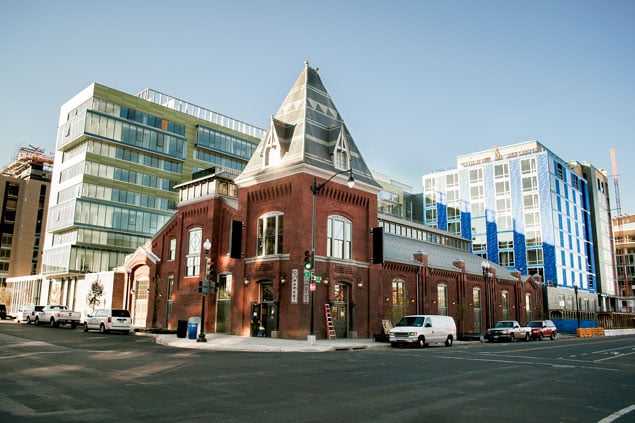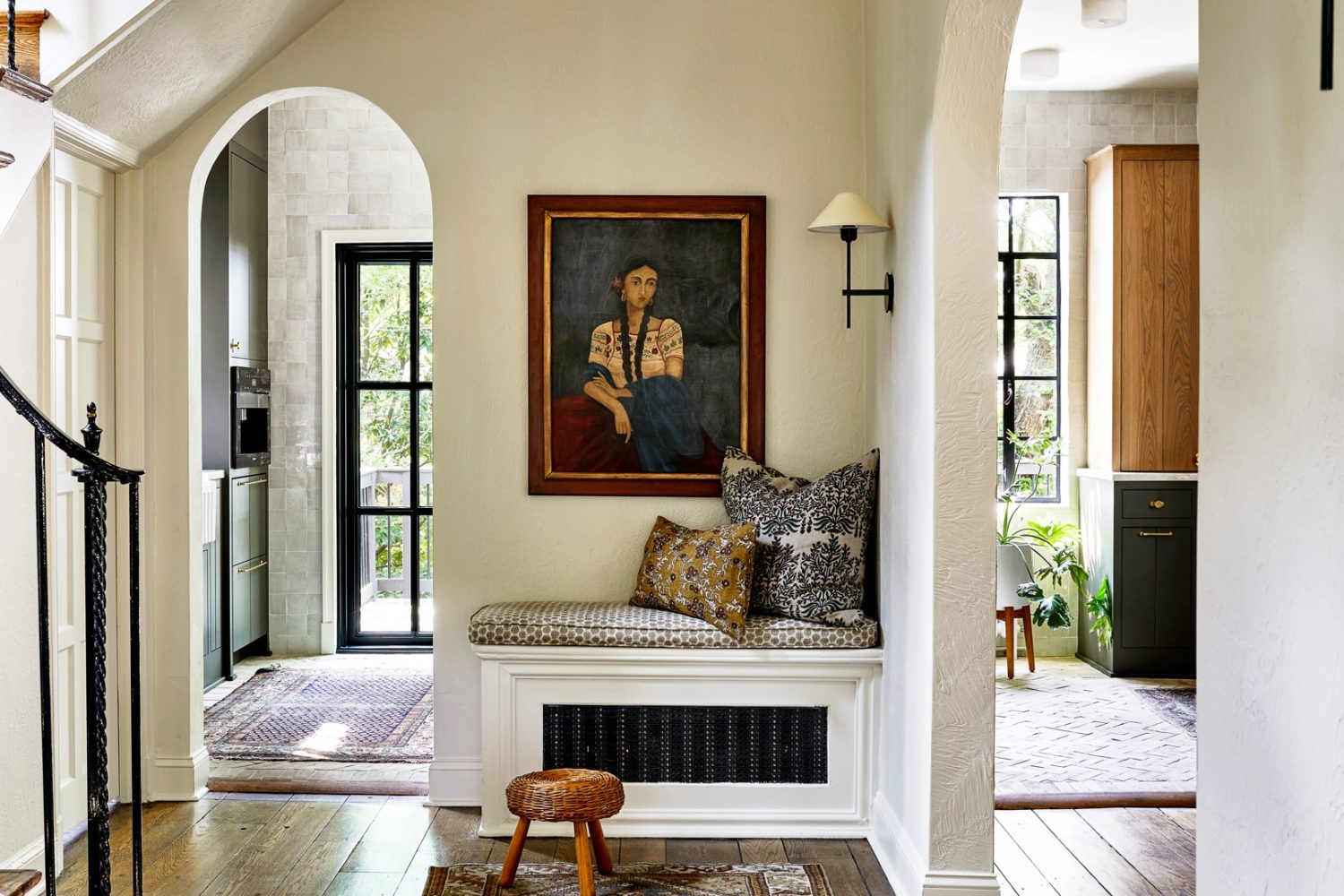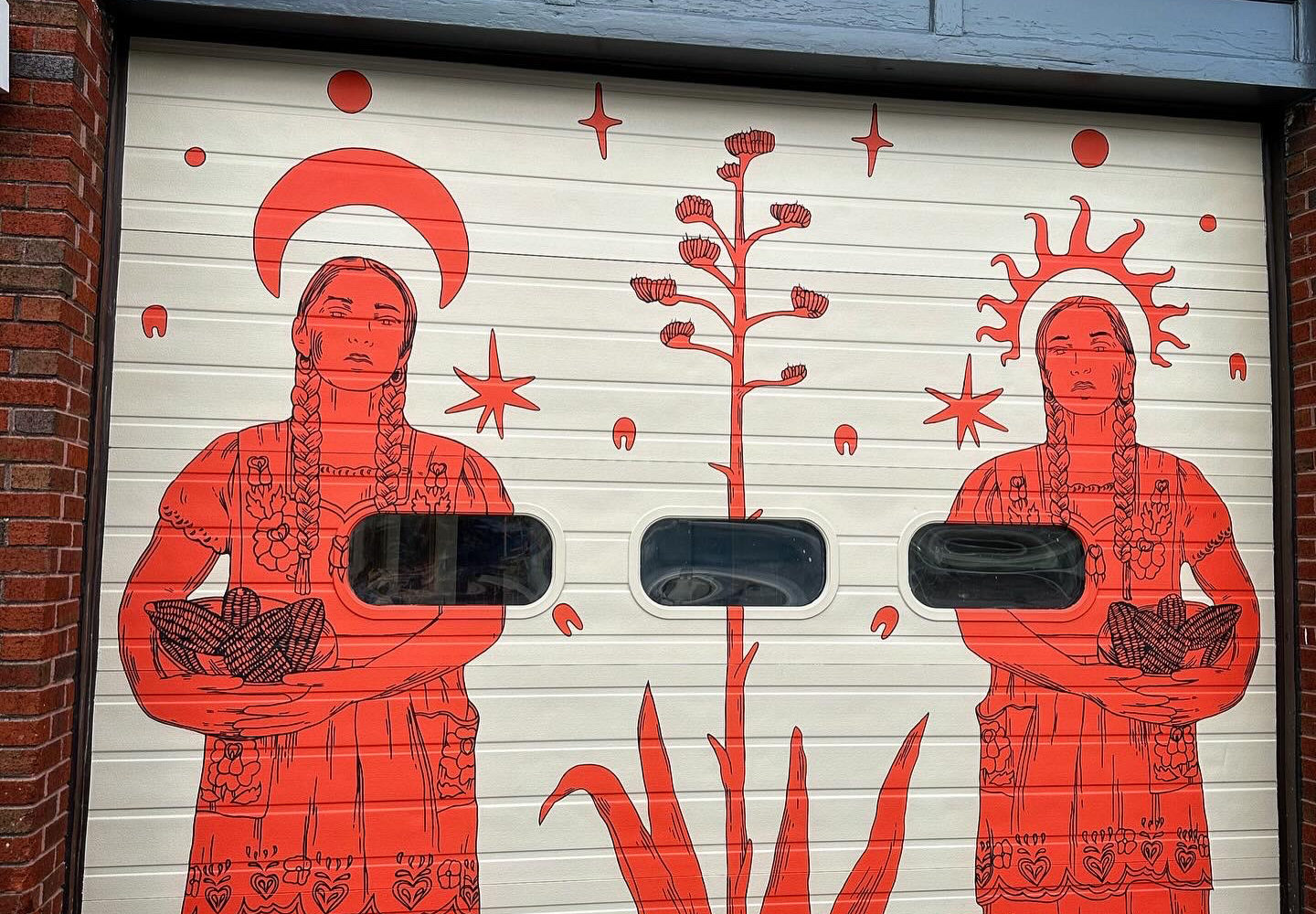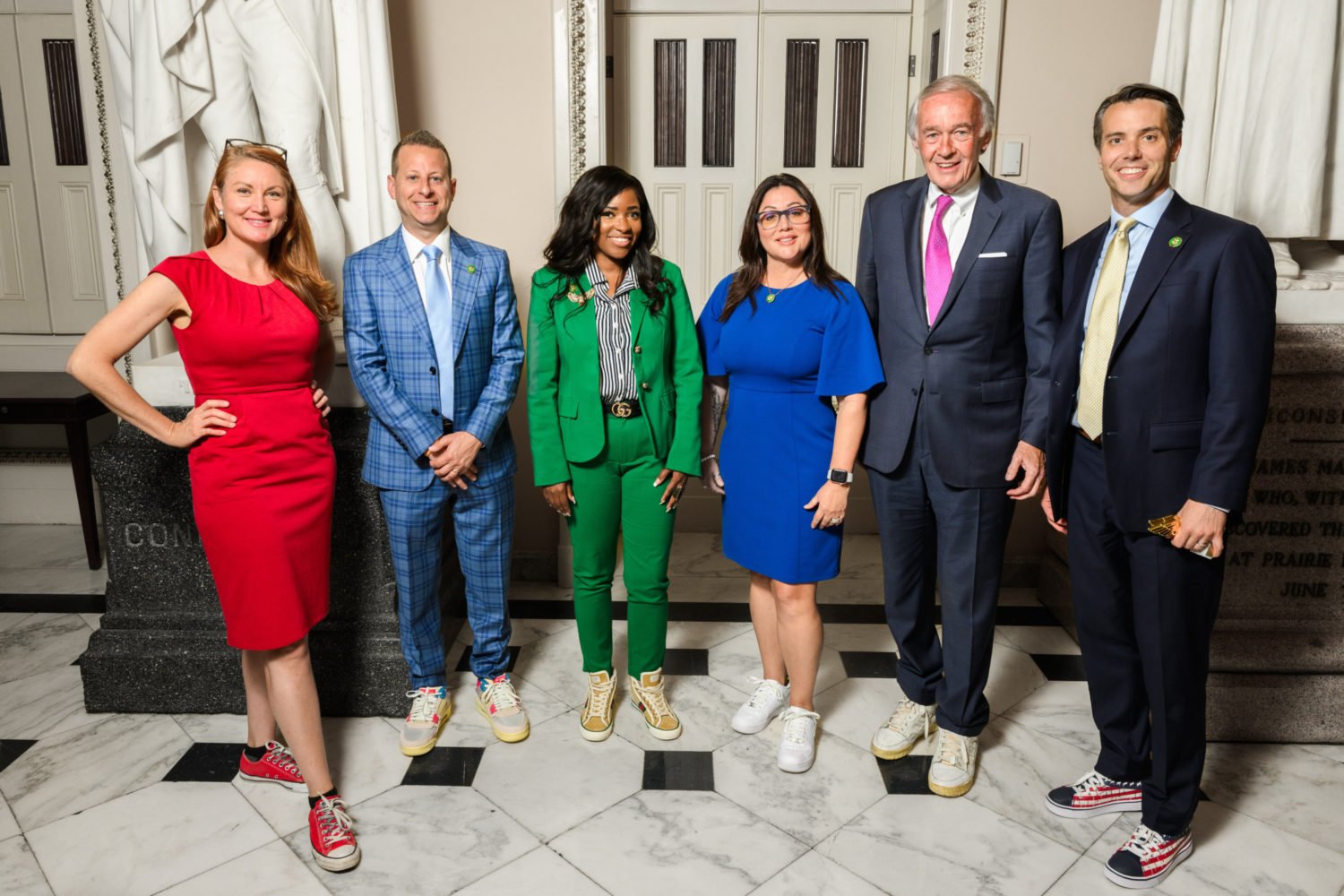In 2013, for the first time, the average price of a single-family home in the District passed $800,000—an absurd landmark of sorts.
The reasons for the strength and resiliency of our real-estate market are as many as the consulting dollars flowing into Washington. But the impact of skyrocketing prices can be seen in neighborhoods like Friendship Heights, where Erica Ngoenha, a 23-year-old graduate student at American University, crams into a rented house with eight roommates.
The number of 20-to-34-year-olds living in the District jumped by more than 20 percent between 2000 and 2010, pushing up the demand for housing. “A lot of people move in with families or older people who need a sublet,” Ngoenha says, citing a friend who roomed with an older man, doing chores to get a break in rent.
Which invites a question: Is the very group responsible for reinvigorating our city getting priced out of living in it?
These millennials, after all, have created a vibrancy that Washington hasn’t seen in decades. They staff the tech firms and other companies that have diversified the local economy—pop-up restaurants, hidden supper clubs, and no fewer than six craft breweries in the District alone. They’ve democratized delicacies like fresh-baked croissants and homemade charcuterie. Fifteen years ago, the options for dinner and a night of bar hopping in DC were basically Georgetown or Adams Morgan. Now there’s 14th Street; H Street, Northeast; Chinatown; Barracks Row; U Street; Ninth Street; and 11th Street in Columbia Heights.
There’s no denying that the youth invasion has made DC more desirable, expanding the demand for high-end condos and apartments they can’t afford. “If the supply doesn’t change,” regional-development expert Stephen Fuller says, “it will make it less and less likely that that younger generation will continue moving into the District.”
Worse, perhaps, the creative types who have built something here may also be forced to pull up stakes. “Many of them will want to buy homes eventually,” says Peter Tatian, a senior research associate at the Urban Institute. “Either you get to the point where with two incomes you can afford something or you decide you need to go somewhere else.”
It’s possible we’ll look back at this influx of young people as a fleeting moment in our city’s history, fueled by an unprecedented set of circumstances—the recession that created a lack of jobs elsewhere, the excitement surrounding President Obama’s election, the close-in neighborhoods full of beautiful housing prime for gentrification. “I don’t think we’ll see the sustained level of influx of this group permanently,” Tatian says.
But elsewhere, the arrival of hipsters has snowballed, with young people pushing into and transforming more neighborhoods. A banner announcing the summer 2014 opening of Denizens Brewing Co. recently went up in downtown Silver Spring. The next Brooklyn?
This article appears in the January 2014 issue of The Washingtonian.














